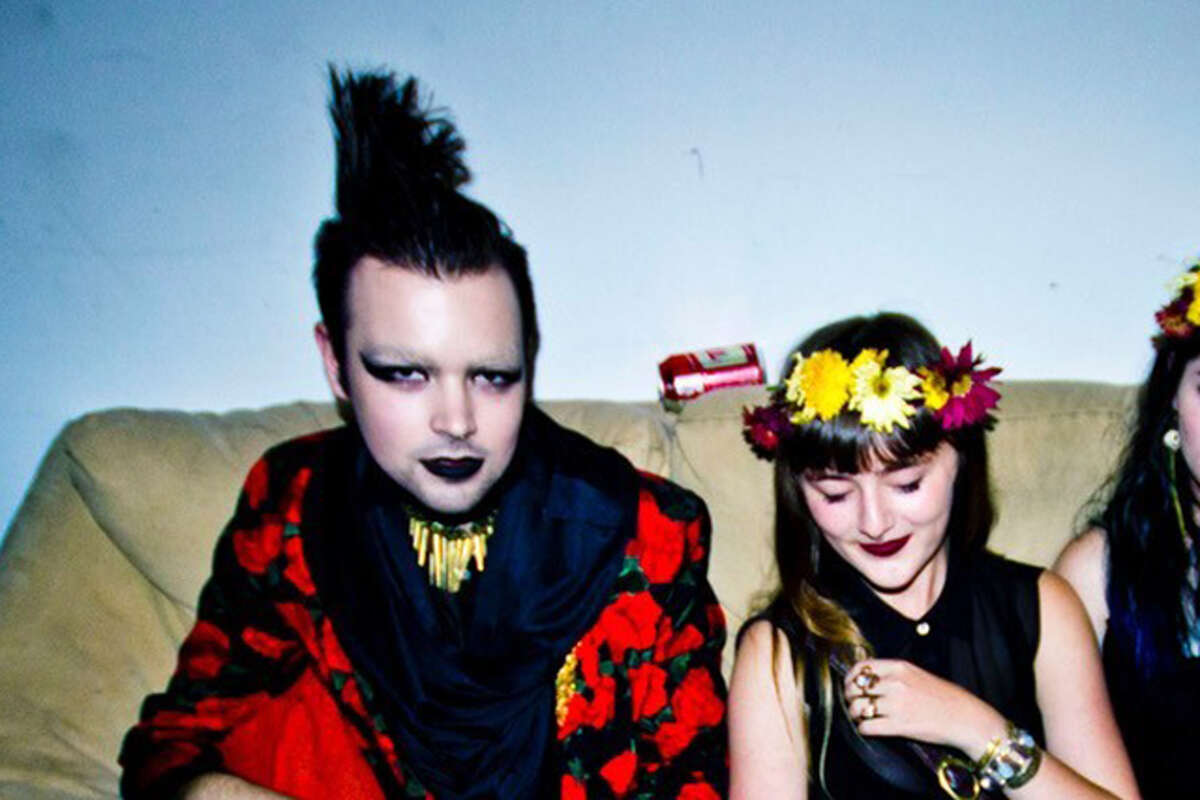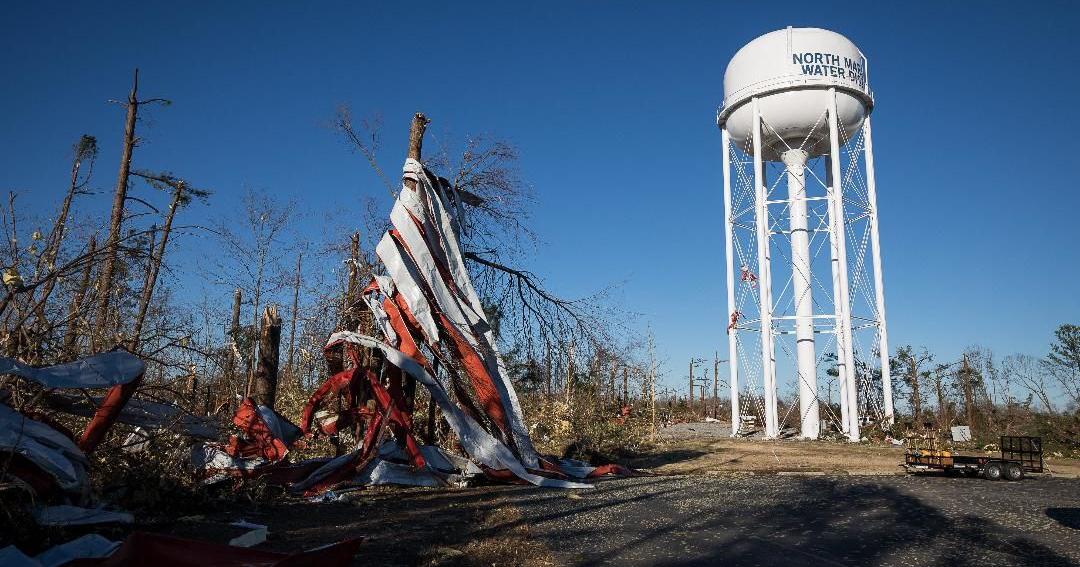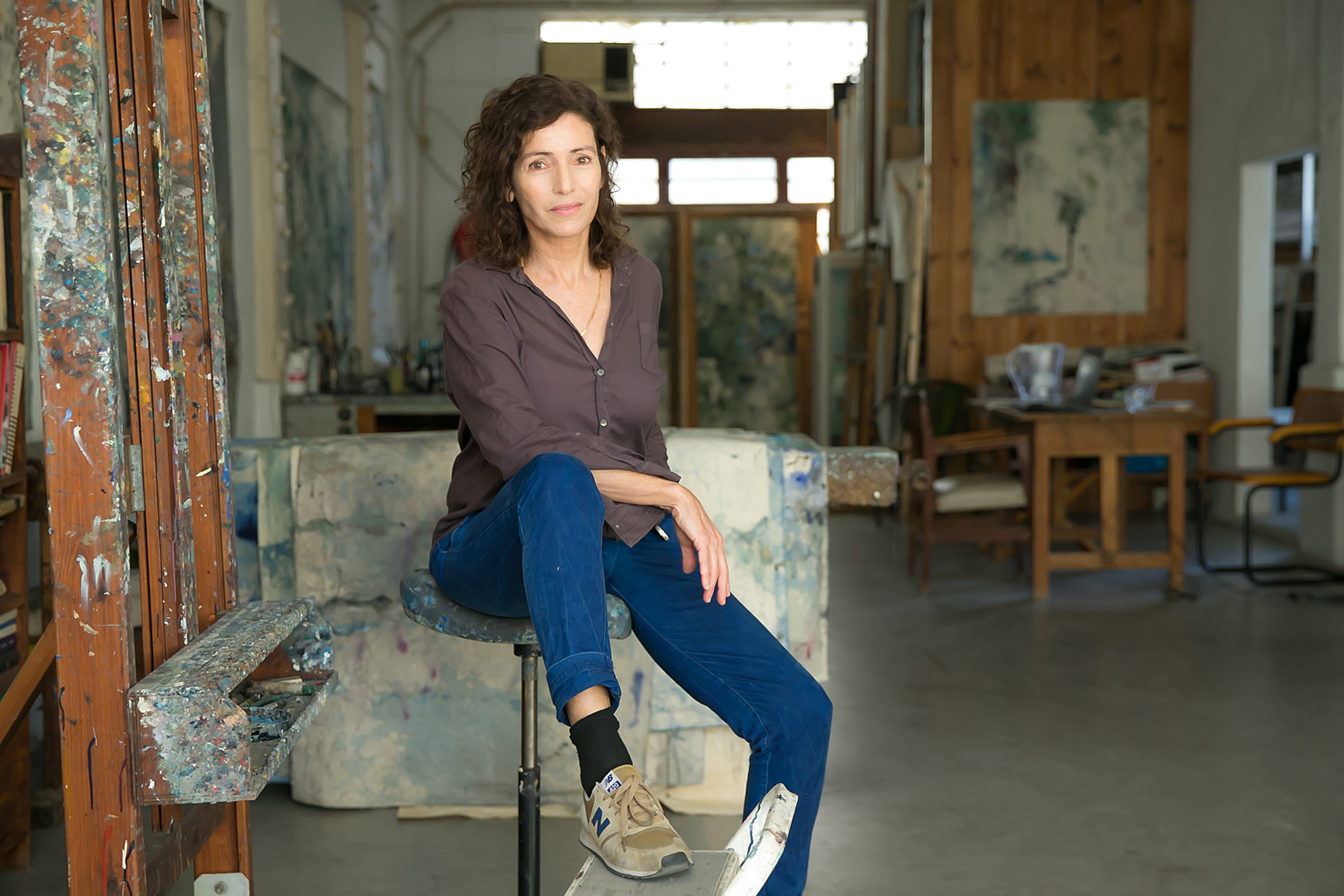
Inside one of the last artist communes on SF’s Market Street
Back in 2019 when I wasn’t sure what I wanted to do with my life, I found myself sitting in a beige, fluorescent-lit conference room on 6th and Market. The man sitting across from me was pitching his new startup that would somehow manage influencers while measuring their online performance, or something. Fifteen minutes into the job interview, I still wasn’t entirely sure what he did for a living. Even more confusing, I didn’t know why I was still trying to convince him to hire me for minimum wage. It all felt so dull and rote — but little did he know that just a few years ago, this same office we were sitting in used to be an unsanctioned artist commune that hosted “acid proms,” wine-fueled Day of the Dead parties and DIY concert series.
The Studio 54 of its time, “1061,” as it was called, was a commercial space on 6th and Market frequented by now-famous punk musicians, artists and producers, all of whom now live across the U.S., Mexico and Europe following a contentious legal battle with their corporate landlords. It’s an age-old story about the clash between working artists and the rising tech elite — but it was also an experience that shaped many former tenants’ lives.
Before it was turned into a drab office building, 1061 was occupied by dozens of painters, musicians and filmmakers from the San Francisco Art Institute from 2011 to 2015. Their rooms were either small, cluttered and windowless or grand, lofty spaces that evoked Edwardian mansions. I heard that a mysterious tech mogul lived all by himself on the very top floor, but some say that was just a rumor.

TBD
Images via

Inside Makalowski’s room, which was built with makeshift walls inside the larger communal space he shared with his roommate.
Ariana Bindman

Gunn says she “doesn’t miss the aesthetics of 1061.”
Ariana Bindman
Scenes from 1061 Market St. (Photos by Ariana Bindman and Sophia Germer)
I vividly remember taking the 49 bus down to the building as a teenager, where my roommates and I would slather heavy, new romantic makeup on our faces and drink cheap liquor in brown bags. We mostly went to parties, but sometimes, we would just sit together and look out at the skyline. If we were lucky, we’d see fireworks go off in front of World of Stereo, the storefront that sold boomboxes and DJ equipment.
I’m still good friends with one artist and former tenant, Maciej Makalowski, who wore thick-rimmed glasses and “obsessively” took photos because of a long-term memory disorder. A Polish immigrant by way of Pennsylvania, he barely remembers his childhood but knows that he grew up very poor based on the fragments. He estimates that he has thousands of prints in his archive: of women, of close friends, and life at 1061.
According to Makalowski, the building’s rooms were illegally occupied art studios, but the founders — SFAI alumni Kim and Joe Bender, who dreamed of forming an arts community — were reportedly well aware of this. Their three children and Kim’s “unemployed porn editor” brother, as former residents said he introduced himself, also lived onsite. “It felt like living in another country,” says Zaria Gunn, a production coordinator who rented a room there from 2011 to 2014. Every morning to get to work, she’d step over people and push past fabric partitions separating her, her pregnant friend and her friend’s boyfriend who relocated from Florida. She estimates that 16 people cycled in and out of that room over a three-year period — and that she got to know every single one of them.
As a result, she said living there taught her how to trust people in ways she didn’t think was possible. “Communal life offers something really beautiful,” she says over the phone. “Just having a community of people that check in on you. … It’s something so rare that we got to experience.”

TBD
Images via

Molly Evans smokes a cigarette on the fire escape.
Courtesy of Maciej Makalowski

TBD
Images via

1061 tenants collaborating.
Courtesy of Maciej Makalowski
Before it was turned into a drab office building, 1061 Market was occupied by dozens of painters, musicians and filmmakers from the San Francisco Art Institute from 2011 to 2015. (Photos by Maciej Makalowski)
And, of course, it was also a lot of fun. “The [moving in] party we had was pretty crazy because there were no tenants on the sixth floor, so we just threw a banger,” Gunn says. One series of parties she helped organize, “Bitches Brew,” provided a stage for indie rock and bedroom R&B bands such as Hot Flash Heat Wave and Wes Leslie. Shrouded by the glow of Mylar and the sweet, syrupy haze of $10 wine, it really did feel like anything was possible.
But partying at the “communal art frat” was much different than actually living there.
While he never felt lonely, Makalowski also recalls that living on 6th and Market could be difficult and somber. Just outside his window, he saw knife fights get broken up by police, people shooting heroin and “a guy standing on the street in front of the building with both his wrists cut, bleeding onto the pavement.”
The dysfunction also crept into 1061. There were nonstop parties and subsequent break-ins. People would vandalize the hallway and pull the fire alarm. Sometimes they’d steal; other times, they’d fight in the lobby and leave pools of blood. Eventually, people came and went so fast, it was hard to tell who actually lived there and who didn’t. “One time I wanted to cook something and found the kitchen occupied by some Russians drying Ketamine in the oven,” Makalowski writes via email. “This kind of thing was very common.”
And the people who actually did live there — mostly DJs — would loudly play music late into the night. One time, when Makalowski asked a roommate to turn it down, they replied, “Asking me to turn down my music is like telling a painter to use less red paint.”
As the problems began to mount, the landlords hired a security guard to stay at the front entrance, but by this time, Makalowski had already left. He says that the property owners, T.T. Group, had been trying to kick him out of his room — the largest, nicest one — to make way for an office, and suspects it was the first step toward kicking out the entire building. He wasn’t wrong.
In 2015, the Examiner reported that the thirst for office space in San Francisco was at an “all-time high,” and as soon as Twitter and Uber moved in next door, tenants saw the writing on the wall. In June of that year, T.T. Group hit 1061 residents with an unlawful detainer, according to public records.
Following a public battle that they ended up losing, most tenants either fled to Oakland or became homeless. “We got kicked out and it was hard,” Gunn says. “It was really difficult.” Unable to find an affordable room, she ended up couch surfing between Los Angeles and the bay before finally settling in Los Feliz.

1061 after tenant removal and renovations.
Ariana BindmanHer neighbors, 1049 Market, fought a similar battle for nearly a decade. As of 2021, reports said the Tenderloin Housing Clinic (THC) was due to take over the building and convert it into low-income housing. The remaining 13 tenants would be given the option of staying there below market rate, but it’s unclear whether they actually did — or even whether THC took over. A representative said they couldn’t find the address in their list of properties. Many 7,000-square-foot units in 1061 have stayed vacant for years, adding to the slew of empty properties that remain unoccupied during the city’s ongoing housing crisis.
Despite its complicated legacy, 1061 was a place where multiple people met and started families. It was where friendships were made and broken, and where we came together to celebrate a city we all wanted to believe in.
Nearly a decade later, Gunn herself views San Francisco like an ex: a person whom she has a special connection with but won’t ever go back to. “Like, I love you, but I’m not in love with you,” she says. “But we had our time together, and I wouldn’t be the person that I am without you, but you changed.”





